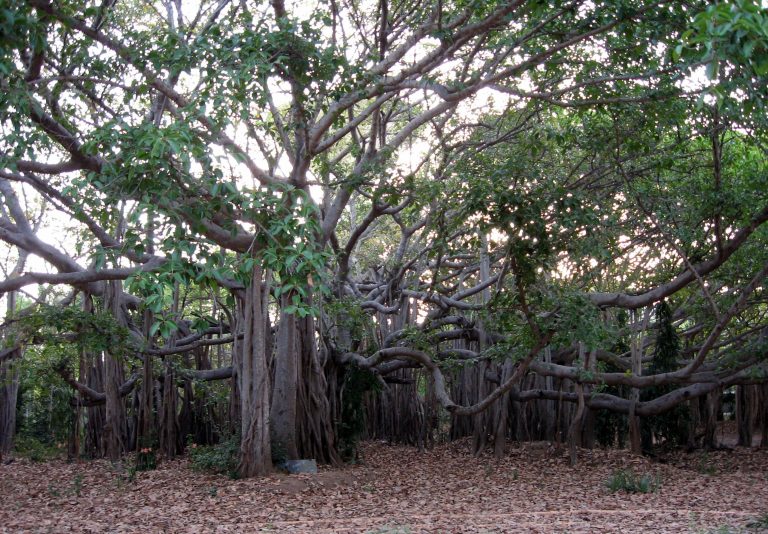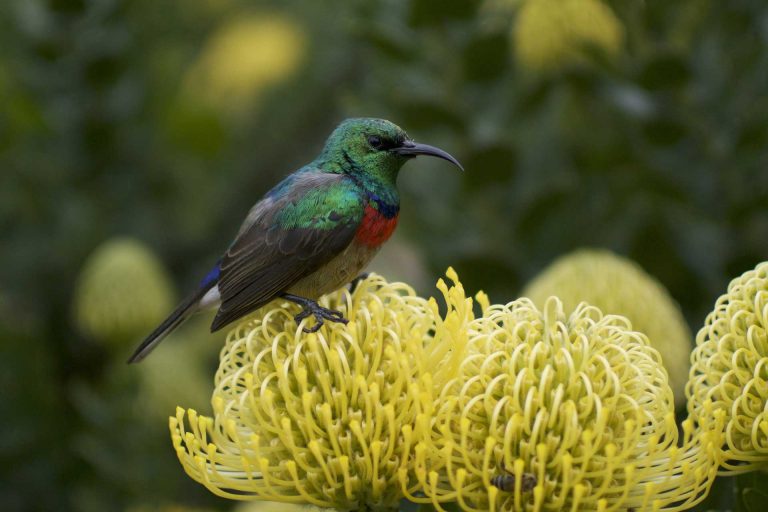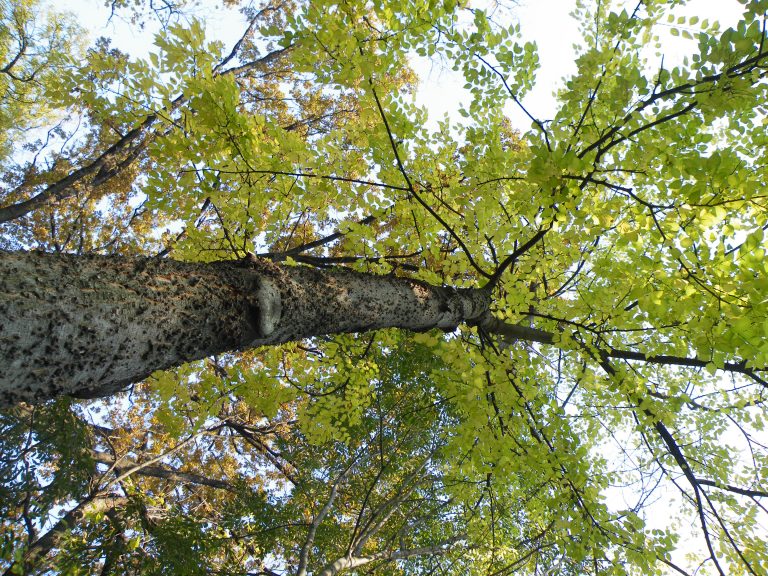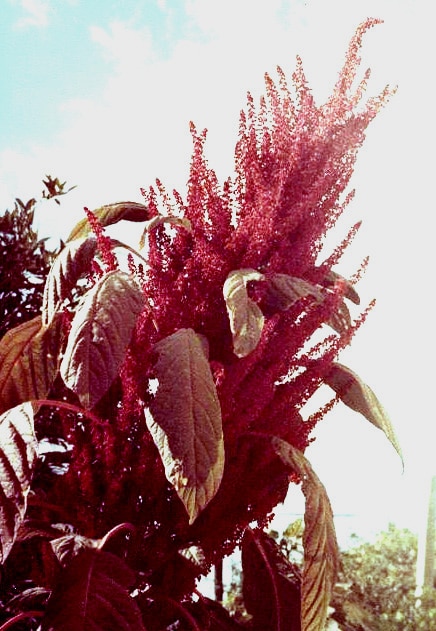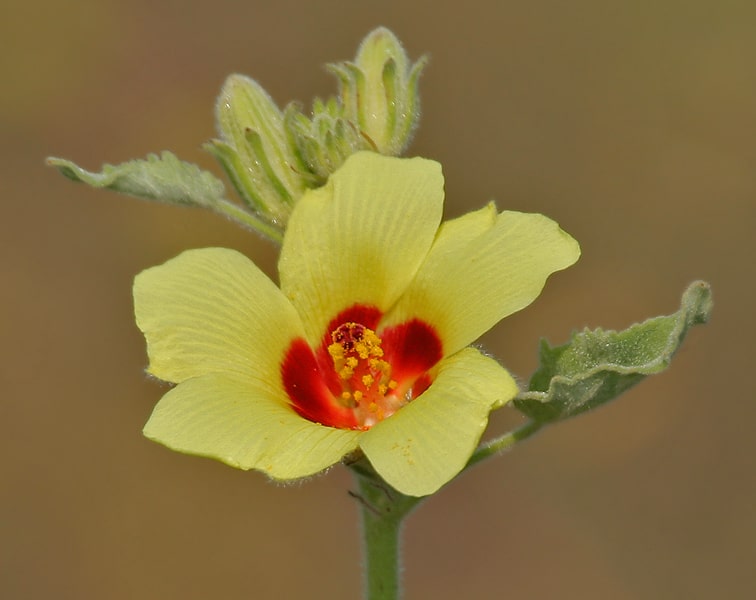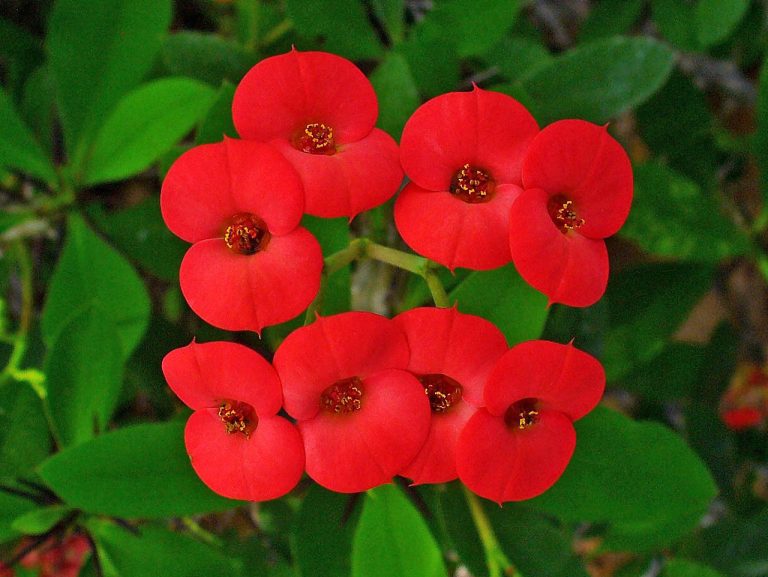Pine Trees
Scientific classification
| Kingdom: | Plantae |
| Division: | Pinophyta |
| Class: | Pinopsida |
| Order: | Pinales |
| Family: | Pinaceae |
| Genus: | Pinus |
Pines trees are conifers: they belong to the Pinus genus of the Pinaceae family, the sole genus in the Pinoideae subfamily.
Pine trees or Pinus spp., are widespread coniferous trees with almost 100 varieties all over the world. They are distinguished by the great forest areas that they create, giving access to bright sunlight dribbling towards the floor of the forest. Pine trees never flourish under shade; they grow well in bright sunlight. Other than the Sumatran or Pinus Merkussi, which grows in the southern parts of the equator, the majority of Pine trees is found in the Northern Hemisphere.
Coniferous refers to evergreen trees, in the sense; they retain their needles for a minimum of 2 years. As and when the aged needles are shed, fresh ones spring up to take their places. The Bristlecone pine tree, botanically called Pinus longaeva, retains their needles for not less than 30 years.
Anatomy
Most of the Pine trees are big with erect trunk and coils of tinier branches growing sideways. However, the pine tree is found in different varieties, some are tall and narrow, some bushy small trees and the others shrubs with face downwards. Normally these Pine trees live for a long time, if the environment is tolerable; they even live up to 100 years. The fabled Intermountain Bristlecone Pine or Pinus Longaeva is the one that lives for the longest time. Presently these trees live for a minimum of 4800 years. (When we see the root system of the Creosote Bush of the botanical name, Larrea Tridentata) All varieties of Pine trees are evergreen, which means they retain their foliage for not less than 2 growing seasons (and as far as the P. Longaeva is concerned, it may go beyond 30 years). Researchers claim that the creosote ring, the “King Clone” represents the oldest living specimen organism on the face of the planet. With the age estimated at 11,700 years, you can find it in the Mojave Desert near what we now call Lucerne Valley.
Pines belong to the evergreen, type of coniferous resinous trees and are seldom shrubs, and grow up to 3 to 80 m in height; most of the varieties grow as high as 15 to 45 m. The Potosi Pinyon and the Siberian Dwarf Pines are the tiny ones, whereas, the Ponderosa Pine is the tallest one sited with a height of 268.35ft (81.79 m) in the southern province of Oregon’s Rogue River-Siskiyou National Forest.
The texture of the bark of the majority of the pine trees is scaly and thick; however, certain varieties possess flaking and slender barks. The pine tree has continuous “pseudo whorls” type of branches. Even though they are rigidly spiraling, they appear in the form of ringed branches generating from a particular point. Most of the pines are single nodal, with only a single whorl of branches produced every year. These are produced from buds of that year’s new shoot, at its tip, whereas the minority of them has many nodes produced every year, over two whorls of branches. The branches grown in spiral form with their cone scales and needles are oriented in the ratio of Fibonacci number. The freshly produced shoots are occasionally called by the name “candles”; initially they face in the upward direction, enclosed in whitish or brown bud scales and further they spread out and become green in color. These candles are an aid to the foresters to evaluate the vigor of the tree and the fertility of the soil.
The four varieties of the leaves of the pine tree are: juvenile leaves, needle leaves, seed leaves and scale leaves.
The woods and big cones are a crucial constituent of the pine tree. Every tree produces male and female cones on them. The male cone gives out pollen grains, whereas the female cone generates seeds. The agents of pollination are wind or gravity for the female cones, which fertilize the seeds. The lengths of the cones that are produced by the sugar pines are 10 – 20 inches.
Habitat
The majority of the districts of the Northern Hemisphere house certain varieties of pines which are native. In the Northern and southern hemisphere of the subtropical and temperate district, there are different types of pines. There they are grown as ornamental plants in gardens and parks or for timber. Varieties of these types are all-encompassing and harm the ecosystem of the inhabitants.
GROWING AT HOME
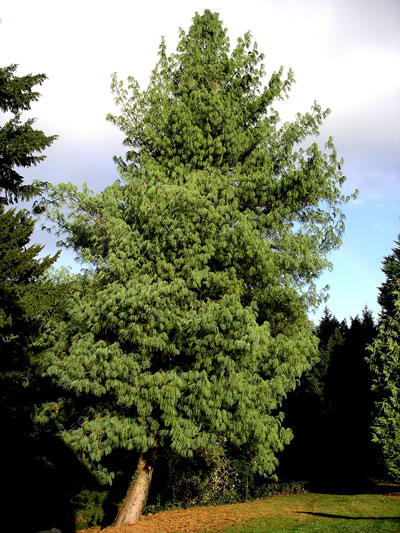
Soil for Planting
- The ideal soil for the Pine tree is a blend of the loam and sand, mixed with appropriate organic mulch like sphagnum in case the soil is of a clayey and of a hard consistency.
- Select a location where the soil is properly drained. The ideal method is to dig a hole about 1 ft (30 cm) of depth, and observe whether the water drains in 12 hours. In case this is not possible, provide proper drainage.
- Avoid ice or stagnant water on the planting day; however, avoid scorching also.
Planting
- When the soil is not of good quality amending it is necessary by supplementing organic matter or crushed sphagnum to the loamy and heavy clay soil. Avoid adding fertilizers.
- The ideal time for seed planting is either beginning of January or late September, anticipating, it to germinate by the months of March or April. Fill some tiny pots with wet potting sand. Keep the seeds in the vertical position below the surface of the soil, keeping the pointed end in the downward direction? Ensure that you place these pots on a window where bright sunlight is available. Patiently wait for any changes to occur, since changes are noticed only after some months. Discard the weeds and grass. The usual practice is implementing the ideal practice of applying a spray of herbicide that kills roots such as Glyphosate (Rounded, Tumbleweed, and Rascal). After a week or more, remove the weeds and grass by mechanical means.
- Either by tilling or by means of a spade make the soil loose.
- Be sure that your drainage system is perfect. If you are not sure of it, perform a test by making a hole of 1 ft depth and fill it with water, observe if the water is drained within 12 hours, If not fabricate a land drainage system. The other options are to choose a better site or go for a variety that adjusts to the wet soil, for Instance P. Serotina or Palustris.
- Plant your pine seedlings having bare-root at the end of fall and in winter, when Pine trees are hibernating. There is no particular time for planting seedlings grown in containers. However, during the scorching heat of the summer, you need supplementing them with more shade and water to avoid damage and dehydration.
- Provide sufficient air circulation between the Pine trees, where it is free from other root systems adjacent to it and where, no smaller plants grow in the vicinity. Select a site where the Pine gets sunlight directly when the day is cool.
- Most of the seedlings are preserved for a period of many weeks at temperatures between 35 and 38°F (1.7 and 3.3°C. Even then, confirm with the seller if the seedlings bought have any other specific requirements.
- It is possible to retain the damp seeds for many weeks at temperatures between 35- 38°F (1.7–3.3°C), however, ensure from the seller that there are no other requirements for it.
Watering
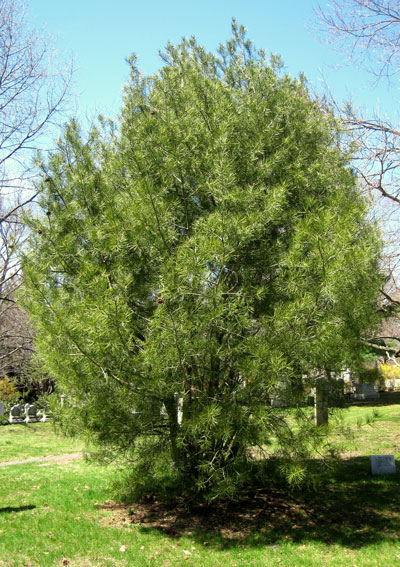
Water the roots moderately and make alterations if necessary. Retain the dampness in the roots of the plant you have decided to plant. However, avoid keeping them soaked in water. This will damage the life of the plant. In case the roots get entangled in a ball or stick form, meticulously alter the main roots giving more provision for the roots to spread.
The infant, Pine trees are liable to get dehydrated and sunburned; this is prevented by fabricating a screen made by plywood board and shielding the tree especially during the noon sun. Also ensure that there are no other shady trees that touch its roots and overshadow them. Remember to frequently water your Pine tree.
Temperature and Humidity
Avoid planting your trees in adverse conditions of wind, or dry weather or when the temperature exceeds 85°F (30°C).
Care
Give individual attention to tender pines by keeping a close watch on them, against animals and sunburn at the beginning of the few months following planting. Once set, the pine trees grow well for decades. Growing pine trees from seeds is the best. If you are considering a lower initial investment, then seedlings are cheaper, and give you a better growth rate.
Be certain that you maintain a radius of 3ft around the pine tree which is free from grasses and weeds and provide mulch often.
Prune your Pine tree once in a way to get rid of the harm from blister rust and for the tree to grow freely upright. All the more, give provision for the tree to grow to its heights and spare a few branches because, if all the branches and needles are removed, the growth of the tree will retard.
Pest and Pesticides
Common Insects that affect Pine Trees:
• Weevil
• Adelgid
• Bark beetles
• Pine needle miners
• Sawfly larvae, caterpillars
• Pine needle scales
Pine Tree Diseases:
• Canker diseases
• White Pine blister rust
• Needle cast
Varieties
- Pine – Brislecone
- Pen – Black
- Pine – Eastern White
- Pine – Ponderosa
- Pine – Western White and the like

Having discovered a fondness for insects while pursuing her degree in Biology, Randi Jones was quite bugged to know that people usually dismissed these little creatures as “creepy-crawlies”.


